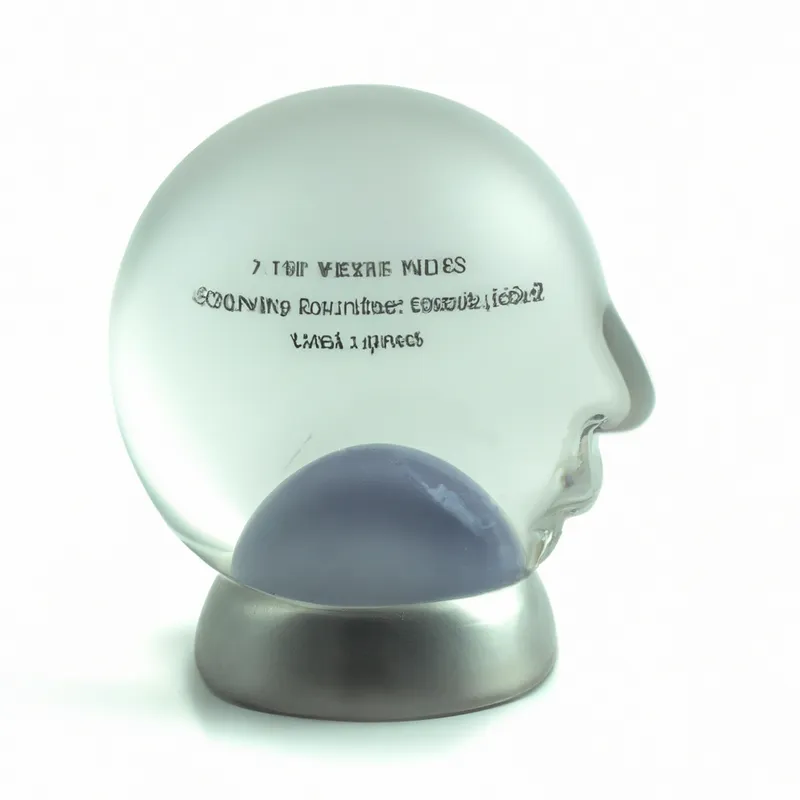Unlock Your HIIT Potential: Warm-Ups Matter!
Injury Prevention in HIIT: Essential Warm-Up and Cool-Down Techniques for Safety
High-Intensity Interval Training (HIIT) has gained popularity for burning calories and improving fitness. However, HIIT workouts can cause injuries without proper precautions. Adequate warm-up and cool-down techniques effectively reduce injury risks. This blog post explores essential strategies for safe HIIT workouts.
The Importance of Warming Up
Warming up prepares your body for strenuous activity. It increases blood flow, elevates heart rate, and enhances flexibility. These effects help prevent injuries and optimize performance. A structured warm-up improves your overall workout experience and sets a positive tone for HIIT sessions.
Dynamic Stretching
Dynamic stretching effectively warms up before HIIT workouts. Unlike static stretching, dynamic stretching involves movement. This method warms muscles and activates the neuromuscular system.
Effective dynamic stretches for HIIT include:
– **Arm Circles**: Stand with your arms extended and make small circles, gradually increasing their size. This warms your shoulders and upper body.
– **Leg Swings**: Hold onto a wall for balance and swing one leg forward and backward. This targets hip flexors, hamstrings, and glutes.
– **Walking Lunges**: Step forward into a lunge position, alternating legs as you move. This warms up your legs and engages your core.
Incorporating these movements into your warm-up primes your body for HIIT demands. Dynamic stretching also improves flexibility and mobility, essential for executing high-intensity movements correctly.
Gradual Increase in Intensity
Gradually increasing workout intensity is essential. Start with lower-intensity exercises like jogging or brisk walking for 5 to 10 minutes. As your body warms up, slowly increase the pace. This gradual approach allows your cardiovascular system to adapt and prepares your muscles for intense intervals.
Essential Cool-Down Techniques
Cooling down is as important as warming up in HIIT. A proper cool-down helps your body transition from high-intensity exercise to rest. It reduces dizziness and fainting risks while aiding muscle recovery and minimizing post-exercise soreness.
Static Stretching
Static stretching effectively cools down by holding stretches for 15 to 30 seconds.
Conclusion
Incorporating warm-up and cool-down techniques ensures safer HIIT workouts. Prioritize these strategies to enjoy the benefits of HIIT while minimizing injury risks.
Below are related products based on this post:
FAQ
What is the importance of warming up before HIIT workouts?
Warming up prepares your body for strenuous activity by increasing blood flow, elevating heart rate, and enhancing flexibility. These effects help prevent injuries and optimize performance, ensuring a more effective and enjoyable workout experience.
What are some effective dynamic stretches for warming up before HIIT?
Effective dynamic stretches include Arm Circles, Leg Swings, and Walking Lunges. These movements warm up your muscles, activate the neuromuscular system, and improve flexibility and mobility, which are essential for performing high-intensity movements correctly.
Why is cooling down important after HIIT workouts?
A proper cool-down helps your body transition from high-intensity exercise to rest. It reduces the risk of dizziness and fainting, aids in muscle recovery, and minimizes post-exercise soreness, making it a crucial part of any HIIT session.















Post Comment